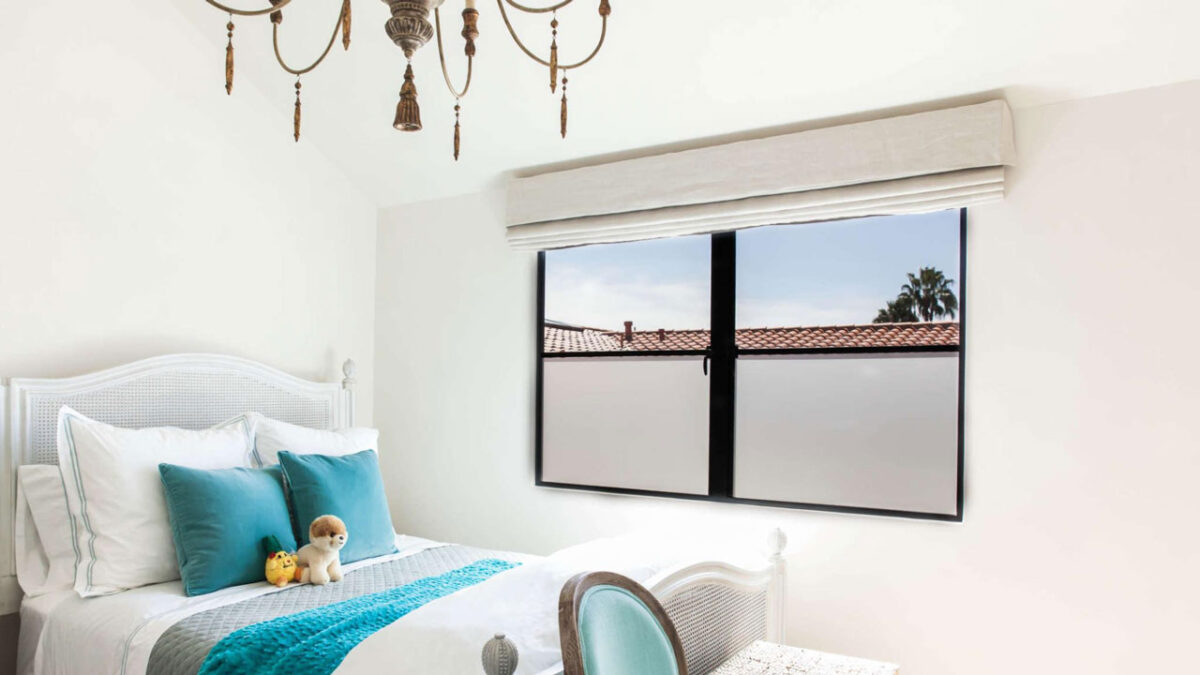The integration of curtain wall systems into commercial buildings significantly transforms the aesthetic and functional landscape of architectural designs. These systems not only offer a sleek, modern appearance – often referred to as the picture windows effect – but also contribute extensively to the thermal performance, energy efficiency, and overall integrity of the building envelope.
This blog explores how curtain wall windows influence the building envelope, their impact on design flexibility, energy conservation, and the myriad benefits they offer to building owners.
Understanding Curtain Wall Systems
Curtain wall systems are an innovative solution for enclosing buildings without bearing any structural loads from gravity, lateral, dead, or roof loads. These non-structural elements are essential for high-rise buildings and commercial structures, where maximizing natural light and optimizing energy efficiency are crucial.
Comprising glass units, metal panels, and a variety of infill panels, curtain wall systems offer design flexibility that accommodates a wide range of architectural styles and climate conditions.
Impact on Building Envelope Design
The primary function of a curtain wall is to enhance the building envelope’s performance. This includes improving resistance to air and water leakage, managing solar heat gain, and reducing heat transmission. The use of advanced materials such as laminated glass, coated glass, and smart glass in curtain wall assembly significantly improves thermal performance, contributing to a more stable and comfortable internal environment.
Energy Efficiency and Natural Light
One of the key benefits of curtain walls is their ability to reduce energy loss and enhance energy savings. By allowing for the extensive use of natural light, curtain walls reduce the dependence on artificial lighting, thus lowering energy consumption. Additionally, the integration of energy-efficient glass panels and solar energy technologies helps in mitigating solar heat gain, further enhancing the energy efficiency of commercial buildings.
Design Flexibility and Aesthetic Appeal
Curtain walls offer unparalleled design flexibility, allowing architects to create unique and eye-catching exterior facades. The wide range of materials, including glass panels, opaque panels, and metal panels, along with the flexibility in the design of the curtain wall frame, enables the realization of intricate designs and shapes. This adaptability makes curtain walls a popular choice for building owners looking to elevate the aesthetic appeal of their properties.
Performance Under Climate Conditions and Loads
The performance of curtain walls under various climate conditions and structural loads is a critical consideration. These systems are designed to withstand gravity loads, lateral loads, and design pressure without compromising the structural elements of the building. Additionally, curtain walls must be engineered to handle water leakage and air infiltration, ensuring the long-term durability and integrity of the building envelope.
Advantages of Curtain Wall Systems
Curtain wall systems offer numerous advantages that contribute to the aesthetics, functionality, and sustainability of a building. Here are some key benefits:
1. Enhanced Natural Light
Curtain wall systems maximize the entry of natural light into the building, reducing the need for artificial lighting and thereby saving energy. The increased daylight improves the mood and productivity of the building’s occupants and creates a more inviting interior space.
2. Improved Building Aesthetics
Curtain walls provide a sleek and modern appearance to buildings, significantly enhancing architectural design and visual appeal. The “picture wall” effect creates a seamless connection between the indoor and outdoor environments, making buildings more attractive and inviting.
3. Energy Efficiency
With the incorporation of high-performance glass and thermal breaks, curtain wall systems improve the thermal performance of buildings. They reduce energy loss, helping to maintain consistent indoor temperatures and lowering heating and cooling costs. This contributes to overall energy savings and sustainability objectives.
4. Reduced Construction Costs
Although the initial investment might be high, curtain wall systems can be more cost-effective in the long run. They are lightweight compared to traditional masonry walls, reducing the structural load and material requirements of the building. This can lead to savings in the building structure and foundation costs.
5. Design Flexibility
Curtain walls offer immense flexibility in design, allowing for various shapes, colors, and configurations. This enables architects and designers to create unique and innovative building façades that can incorporate different materials, such as glass panels, metal panels, and stone cladding.
6. Enhanced Thermal Performance
Curtain walls are designed to provide excellent insulation from heat and cold, contributing to a comfortable indoor environment. Advances in glazing technology, such as double glazing and low-emissivity (Low-E) coatings, further enhance the thermal efficiency of these systems.
7. Protection from the Elements
Curtain wall systems are effective in protecting the interior of buildings from adverse weather conditions, such as rain, wind, and extreme temperatures. They also help in reducing water infiltration and resisting air and wind infiltration, ensuring the longevity and durability of the building envelope.
8. Low Maintenance
Compared to traditional exterior finishes, curtain wall systems require relatively low maintenance. They are resistant to corrosion, fading, and weathering, which means they can retain their appearance and functionality over a long period with minimal upkeep.
9. Improved Sound Insulation
Modern curtain wall systems can include soundproofing features that reduce noise penetration from the outside, creating a quieter and more productive indoor environment.
10. Sustainability
By reducing energy consumption and improving thermal efficiency, curtain wall systems contribute to the sustainability of buildings. They can be integral to achieving green building certifications, such as LEED or BREEAM, which can enhance the building’s market value and appeal.
Transform Your Project with Euroline Steel Windows
Curtain wall systems represent a significant advancement in building envelope design, offering both aesthetic and functional benefits. From enhancing thermal performance and energy efficiency to providing design flexibility and improving natural light, curtain walls are integral to modern, sustainable building projects.
Integrate style, performance, and sustainability into your next project with Euroline Steel Windows. Complement your curtain wall system with our elegant and energy-efficient steel windows. Contact Euroline Steel Windows today to discover how we can enhance your building’s envelope and aesthetics.

